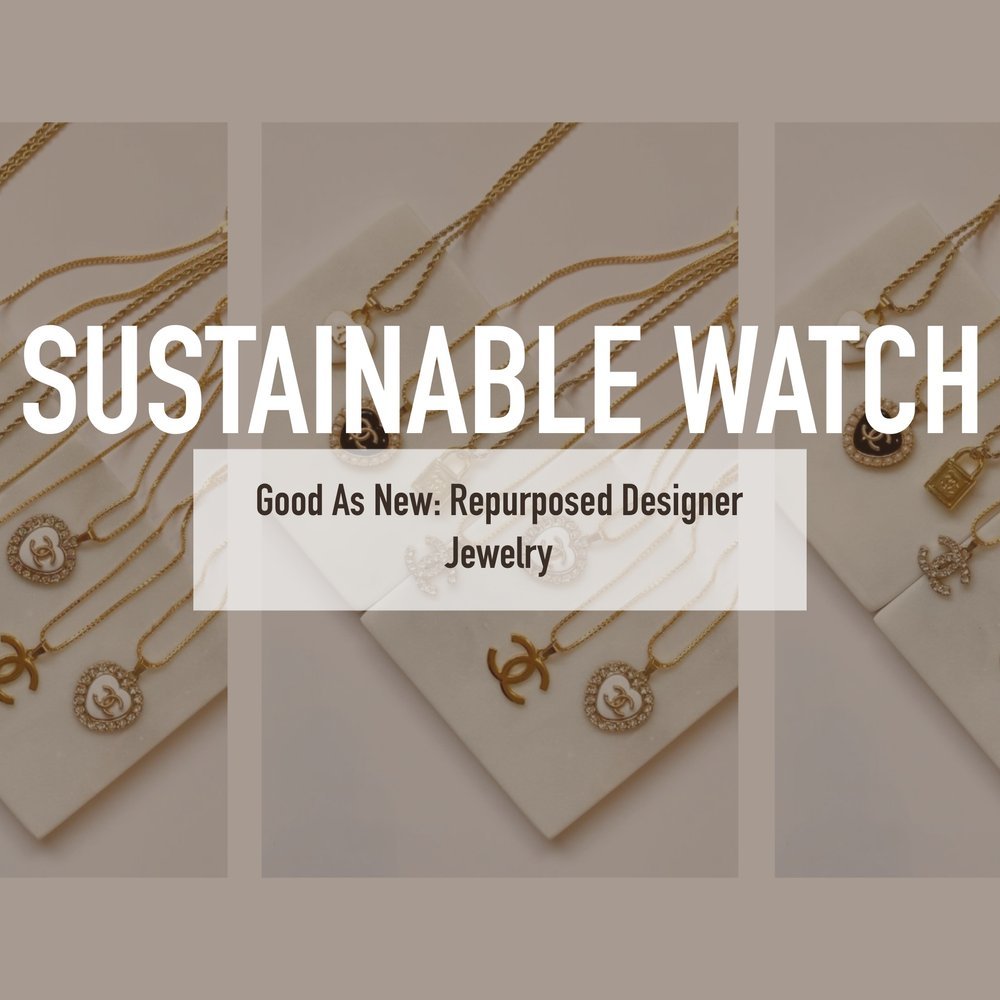Biogenic Is The New Black: A Deep Dive Into Biogenic Materials
Technology and the world around us have evolved in such a way that it almost seems like we are running out of things to improve or invent. Many of the things we need are now obtainable at the click of a button or effortless swipe of a screen. Nevertheless, there are still some advances in the realm of environmentalism that we have yet to discover and conquer. Sourcing of materials and textiles within the fashion industry has long been a contested topic: where should we be sourcing materials from, what textiles are sustainable and which aren’t, and how do we really know? All of these questions are valid, and it would be forthcoming to say that there is a solid and right answer to each. But what we do know, so far, is that plant-based is better.
Source here.
Biogenic materials are those which are made from other life forms. In the case of sustainable fashion, these materials omit resources which are derived from animals, so the life forms employed in biogenic materials usually are flora and fauna. There are now abundant fabric options in which clothing can be formulated, and many put natural resources to use, ethically. With all that being said, how does it really work?
Biogenic materials include those like cotton, which comes from the natural fibers of cotton plants. But they have now expanded with time and dedication granted to furthering research about how to produce clothing sustainably — past just cotton and into areas that had not yet been explored. Biogenic materials range from banana leathers to faux fur derived from corn. The common denominator between them all is that they once took on different life forms, but not all biogenic materials are made equal. Certain types of cotton are responsible for extremely high rates of water wastage (about 5,283 gallons are used for every 2.2-pound yield of cotton). Many biogenic materials, although bio-based, are not completely biodegradable or may be combined with other less-clean materials. To give you a quick beginner’s guide to biogenic materials, here is list of some, extremely innovative and clever iterations.
Biogenic materials include those like cotton, which comes from the natural fibers of cotton plants. But they have now expanded with time and dedication granted to furthering research about how to produce clothing sustainably — past just cotton and into areas that had not yet been explored. Biogenic materials range from banana leathers to faux fur derived from corn. The common denominator between them all is that they once took on different life forms, but not all biogenic materials are made equal. Certain types of cotton are responsible for extremely high rates of water wastage (about 5,283 gallons are used for every 2.2-pound yield of cotton). Many biogenic materials, although bio-based, are not completely biodegradable or may be combined with other less-clean materials. To give you a quick beginner’s guide to biogenic materials, here is list of some, extremely innovative and clever iterations.
Source here.
Bio-Based Leathers
Vegan and cruelty free leather is the rage right now and there are a multitude of different bio-based versions. Among the most popular and efficient of this current moment in fashion are cactus and apple leathers. Cactus leather requires significantly less water than traditional animal hide leather and is just as sturdy and buttery. Similarly, apple leather is created by preserving the skin and scraps of apples, using their pulp, and solidifying it into a uniform, breathable material.
Faux-Fur Spun from Corn Silk
Corn produces a stringy by-product called “corn silk.” This silk can be spun into a fluffy, faux-fur alternative to actual animal fur, which has proven to be a menacing industry, both environmentally and ethically. Corn can additionally be turned into leather, through similar processes to the above.
Soysilk
Because soy is biodegradable, easily regenerated, and re-cultivated, it is a bountiful resource for a plant-based material. Most soysilk is generated from the residual soybean and tofu remnants left over in food manufacturing processes, so spinning it into silk gives it another completely new life. It is a reliable biogenic material, and it is just as soft as genuine cashmere.
Tencel
Tencel is a modern material formulated as an alternative to wool or excessive water-depleting cottons. It is created from the pulp of wood cellulose and usually is produced through a closed-loop system, which reduces water wastage and harmful chemical runoff.
Source here.
Hemp
Hemp comes from the sinewy fibers of the Cannabis sativa plant, proving cannabis to be one of the most dynamic plants currently at our disposal. Because hemp can be grown with polluting pesticides or chemicals though, make sure to double check the sourcing of your hemp-based garments if you want them to be clean through and through.
Conclusion
If you want to try to shift from wearing clothing made from synthetic or non-sustainable materials, remember to inquire about where the clothing and its textiles came from. Check the tags, read about the brands online; this research is imperative to making an informed decision. A few of my favorites that are currently making impressive strides in this arena are Apparis, a ready to wear brand that uses corn silk to create luxe faux fur jackets; Stella McCartney, who has long been hailed for being a pioneer in ethical fashion; and Miomojo, an Italian brand that puts extra thought and care into every creative decision. Nature is the gift that keeps on giving, and we can give back to the earth too by investing in these cleaner, clever materials.
Article by Kayla Curtis-Evans, Contributing Sustainable Editor PhotoBook Magazine
Tearsheets by Alexa Dyer, Graphic Design Intern, PhotoBook Magazine






